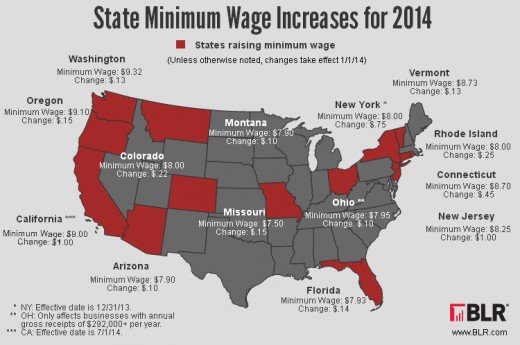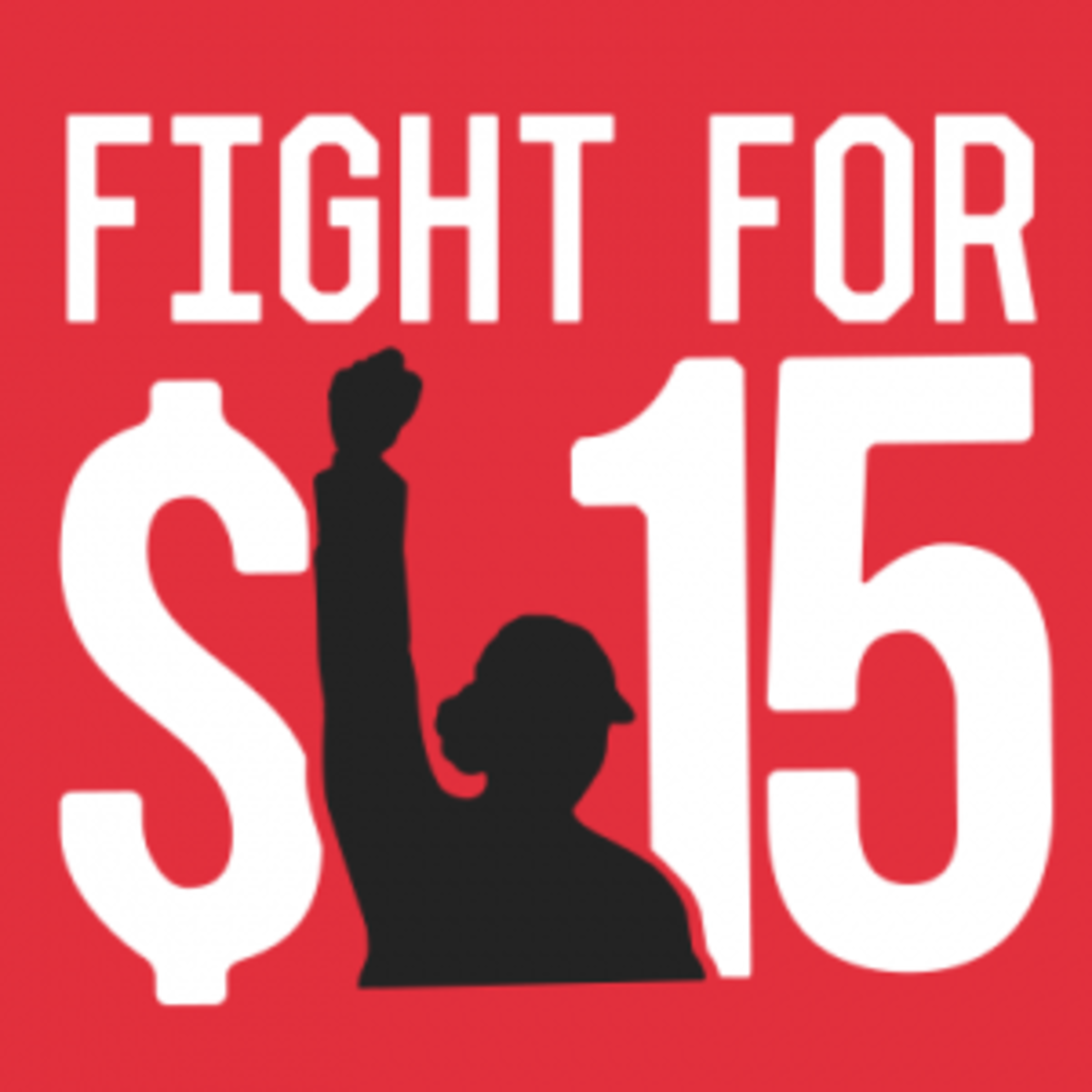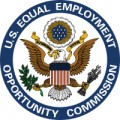Effects of Increasing Minimum Wage on Businesses
Why the attention?
Much attention has been paid to the benefits of increasing minimum wage; how it will help to stimulate our economy and put food on the tables of hardworking American families. However, less attention has been given to the effects that increasing minimum wage can have on a business, either positive or negative. Increasing the minimum wage has many negative impacts on an organization, whether or not they are already struggling in the current economy that need to be looked at before making a decision to increase minimum wage.
When minimum wage was first introduced to the United States during the Great Depression in 1938 as part of the Fair Labor Standards Act; it mainly pertained to those workers who were involved either directly, or indirectly, with interstate commerce as a means to protect workers from being exploited (Department of Labor, n.d.). While minimum wage has largely increased in the years since its initial introduction due to inflation, it has also had several decreases. There is a federally mandated minimum wage but because states are allowed to set their own minimum wages, as long as it is higher than the federally mandated amount, there are many discrepancies minimum wages across the United States. Today minimum wage is used as the benchmark or standard rate of pay for many under-skilled or entry-level jobs across the country in multiple fields.
When a State or Federal government increases the minimum wage, there are several negative impacts to businesses. The negative results of increased minimum wage on an organization can practically be mapped out, as many of the results are impacted on one and other. One of the first or top level negative outcomes of an increase of minimum wage on an organization would be the resulted lowering of profits. If an organization is paying more for their entry-level employees, then their profits will go down as a result to the higher expenditure of labor costs. Increased labor costs will in turn impact an organization’s ability to hire new employees, offer hours to employees, train existing employees and provide robust benefit packages for employees. As a result businesses may have to pass these lost profits on to the consumers through increased prices of their products and services.
Many studies suggest that increasing minimum wage does not impact the unemployment rate; however basic economics show that when you increase the cost of a product or service, you drastically lower the demand for it (Needleman, 2011). Certain industries tend to be harder hit by an increase in minimum wage, for example fast food, wait staff or retail jobs because they rely on younger or first-time workers and under-skilled workers to fill their positions. A 2011 study showed that when eight states were looking to increase their minimum wage by a mere thirty-six cents many of these hardest hit industries began looking at how to compensate for the increase in wages before it even occurred. What looks to be a rather small upfront cost, ends up resulting in an increase of more than a million dollars per year in administration costs alone for one small chain of restaurants in Florida (Needleman, 2011). Some businesses simply cut back on hours they offer to employees or stopped hiring new employees, but other businesses even looked into automating certain job tasks as a way to cut back on the need for more employees and to help increase the efficiency of the current employees (Needleman, 2011). When businesses are faced with an increase of administrative costs they are forced with coming up with ways to do more with less, essentially.
When an organization has to pay more for its employees, they must look at ways to off-set these costs. One such way to off-set these costs is that it lowers the organizations incentive to train under-skilled and entry-level employees. When minimum wage increases, there is an increase of training opportunities for employees with higher abilities but there are less training opportunities for those under-skilled or entry level employees, basically “minimum wage creates a ‘low-skill trap,’”(Lechthaler & Snower, 2007). An increase in minimum wage removes the incentive for organizations to train their entry-level employees in order to promote them. Instead organizations will train their higher-skilled employees who are not minimum wage earners. This can be explained by the lowered return on investment that organizations receive in relation to training their minimum wage employees. If an organization is not getting a return on investment from their training of a group of employees then they lose the incentive to offer the training to that group of employees. This then creates in inequality between different employment groups, because lower skilled employees are not getting the training that they need, while other more skilled employees are then getting more training to absorb the workload from the under-trained entry-level employees. This impact may not be as quantifiable or as easy to track as an increase to unemployment or a hiring freeze, but it is impactful just the same.
In addition to lowering an organizations return on investment of training their employees, an increase in minimum wage also lowers an employee’s profitability. If an employee is projected or expected to bring in a certain dollar amount to the organization, the amount is then offset by the wages that the organization must pay the employee. Thus, as minimum wage goes up, the profitability of the employee goes down. This equation is particularly important because many organizations look at employee profitability when making decisions around firing or laying-off staff members (Lechthaler & Snower, 2007). This means that more employees can become unemployed as a result of the increase in minimum wage, even if it is not directly related to the increase in minimum wage. Basically, these employees are not being terminated because it costs more to employ them, rather they are terminated because they are not brining in a profit to the organization.
Another way that an organization can work to off-set costs associated with an increase in minimum wage is that they may have to make cuts to benefit packages offered to employees. When organizations have to pay more to employee their staff they in turn have less money to spend on the staff they then employ. This can include cuts having to be made to benefits and compensation packages. Cuts can come in the form of a loss of fringe benefits, a loss in certain benefits, what the benefits cover or an increase of cost sharing for employees (Needleman, 2001). Instead of the company absorbing these costs entirely, they pass it on to the employee, which is then counterproductive to the increase of minimum wage.

Increasing minimum wage carries several hefty consequences for businesses. Most of these consequences are the same for organizations, regardless of the organizations size or the state of the current economy. One of the obvious, up front impacts of increased minimum wage is that organizations cannot afford to hire as many minimum wage employees if they cost more to hire. However, while an increase in minimum wage can reduce the number of new entry-level employees that an organization can hire, it is not the biggest negative impact to an organization in the grand scheme of things. Organizations face many negative impacts as a result of an increase to minimum wage; less ability to hire workforce, less incentive to train employees, lay-offs, lowered profits, to name a few addressed above.
Many of the negative impacts are passed on to the employees in varying methods. This passing of costs can even make the increase of minimum wage counterproductive and set some employees back further than before the increase. Some ways are increasing costs that employees have to pay, are with an increase in shared costs for benefits or requiring employees get training or education to qualify for their position outside of the organization. However, other ways are less visible and as such it is not talked about as much; this would be the decrease in training for entry-level employees. The aptly named “low-skill trap” (Lechthaler & Snower, 2007) that results when organizations lose their return on investment from training their under-skilled or entry-level employees.
The “low-skill trap” is likely the biggest negative impact on both organizations and their employees that results from an increase in minimum wage. If organizations have no incentive to train their lower level employees, employee retention will decrease as turn over increases, job satisfaction will go down, and profitability will be doubly impacted as a result. Profitability will be impacted up front as administrative costs of running the business goes up, but then again be impacted when employee satisfaction and training opportunities decrease. While not all of the impacts of increases to minimum wage are easily quantifiable, there are still very definite negative impact on businesses when minimum wage is increased in the United States.
How do you feel
Do you think the US should raise the minimum wage nationwide?
Research References
Department of labor. (n.d.). Retrieved from http://www.dol.gov/whd/minwage/coverage.htm
Federal & state minimum wage rates, laws, and resources. (n.d.). Retrieved from http://www.minimum-wage.org/history.asp
Melanie Khamis (2013). Does the minimum wage have a higher impact on the informal than on the formal labour market? Evidence from quasi-experiments. Applied Economics. 45:4. 477-495.zx
Lechthaler, W., & Snower, D. (2007). Minimum wages and training. Labour Economics. 15(6). 1223-1237.
Needleman, S. E. (2011). As wages rise, tough choices. Wall Street Journal, b.5.







